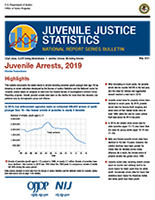The Crime Prevention Effect of CCTV in Public Places a Propensity Score Analysis
Journal
Journal of Crime & Justice
Date Published
2018
Agencies
NIJ-Sponsored
Publication Type
Research (Applied/Empirical),
Program/Project Evaluation



